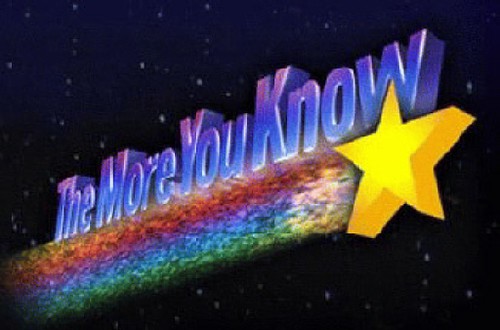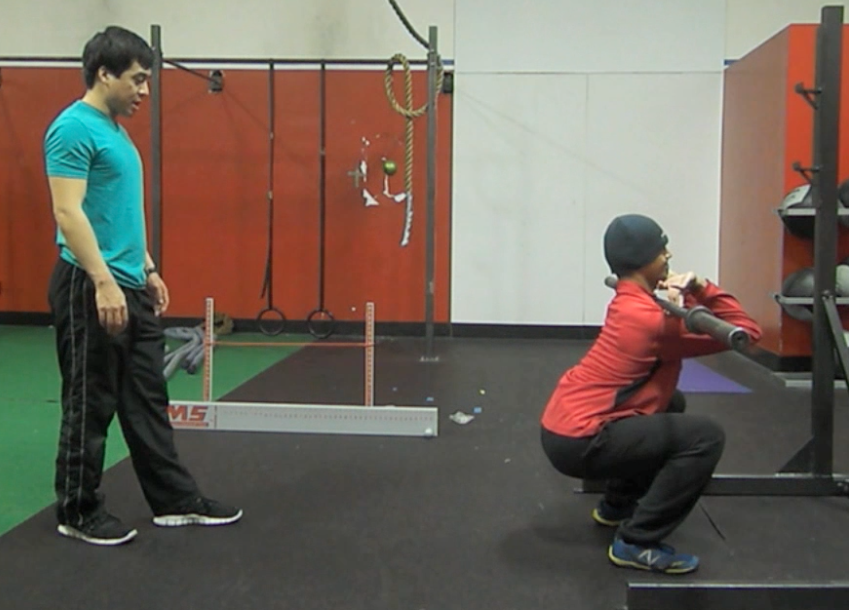
Your Goal
This is the most important thing.
I can’t design an effective program for a client if I don’t know what they want. Fat loss? Hypertrophy? Strength gains?
Do they want to fit into their bathing suit in time for summer? If so, they’ll have a different program than someone getting ready for a Tough Mudder. (Or, for one client, US Army Ranger School.)
You’ll need a routine to address your specific needs — this will dictate the rep ranges, tempo, rest, volume, exercise selection, frequency… i.e the heart of the program.
(Another added benefit of knowing someone’s goal is it helps drive accountability and retention.)
Injury Concerns
 Skipping this step is negligent.
Skipping this step is negligent.
By learning and studying their injury history, I can design a program that won’t bother the injury and – in some cases – alleviate the problem. (Heck, with proper programming, I’ve even seen back, shoulder, and knee pain disappear.)
Here’s one problem, though: people sometimes lie or forget about their aches or injuries. I can’t tell you how often I ask someone to tell me their injury history in excruciating detail — only to find out, two months into the program, that they fractured some bone recently.
Functional Movement Screen (FMS) Score

When I interned at Results, I learned and used the FMS.
One year, two FMS presentations, two Gray Cook books, and over sixty podcasts later, I still learn and use the FMS. (I sometimes hear criticism from other trainers about the FMS, but I’ll save that for another article.)
I like the FMS because it’s quick, detects pain in different movement patterns, and exposes a lot — where to start, what to focus on, and what we can push with my clients.
Is there a mobility problem or a stability problem? Which patterns have dysfunctions? Do they move symmetrically? These answers go a long way in exercise and corrective-exercise selection.
While you don’t have to use the FMS per-say, it’s vital you go through some sort of movement or postural assessment to see which patterns or areas are deficient and restricted. The NASM Overhead Squat assessment, for example, is only a small sliver of overall movement.
There’s so much here, but I’ll summarize by saying the FMS is a careful paradox:
Simplified complexity.
Additional Stuff
While training history, one-repitition maximum, etc are helpful in perfecting a program, those aren’t *must-haves.* I can still program well if I didn’t know your VO2 max — who does, by the way?
Those are my Top 3. Do you use something else? Would you replace the FMS? Let me know in the comments below!
[tweetbutton]
Leave a Reply